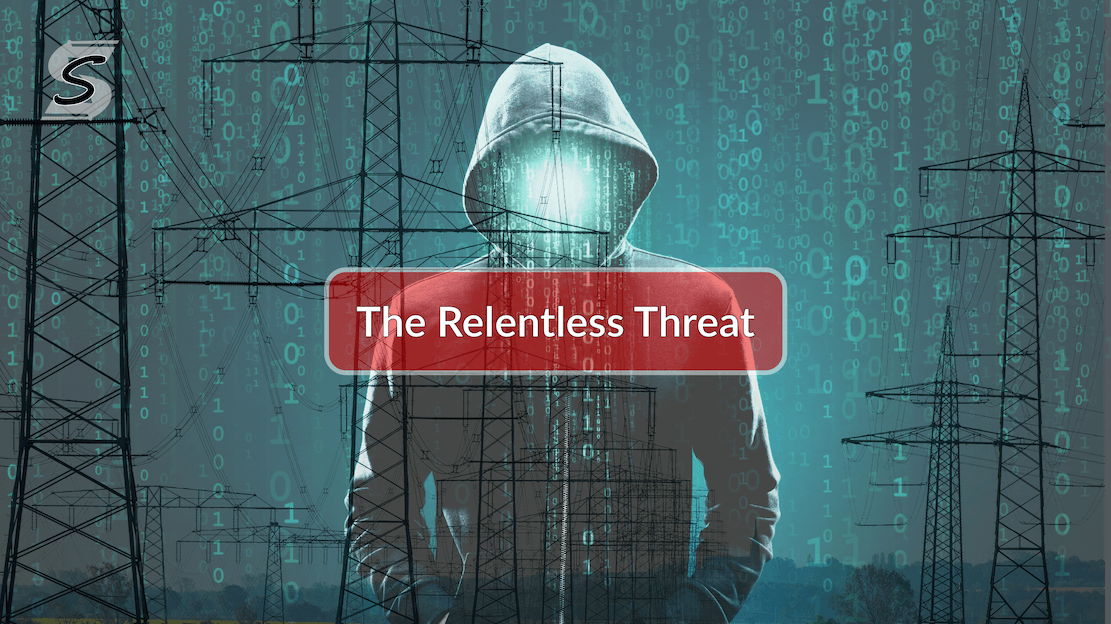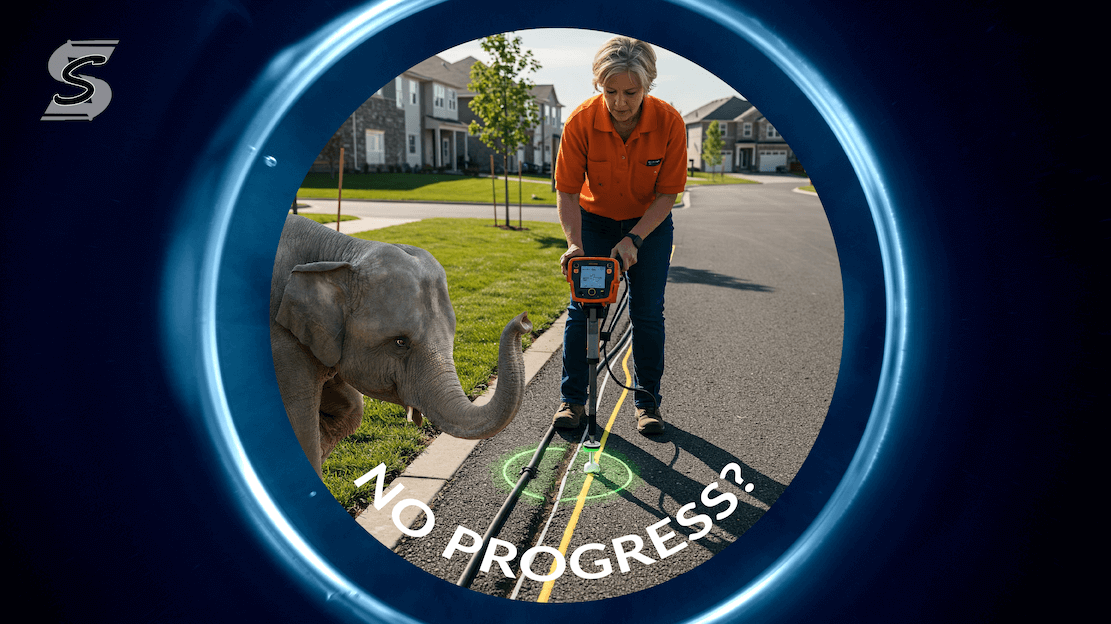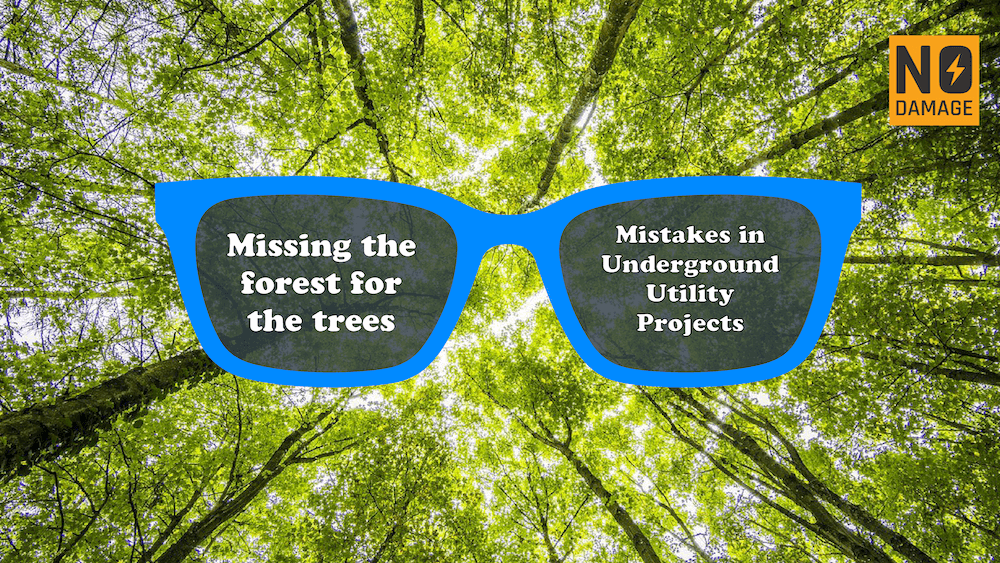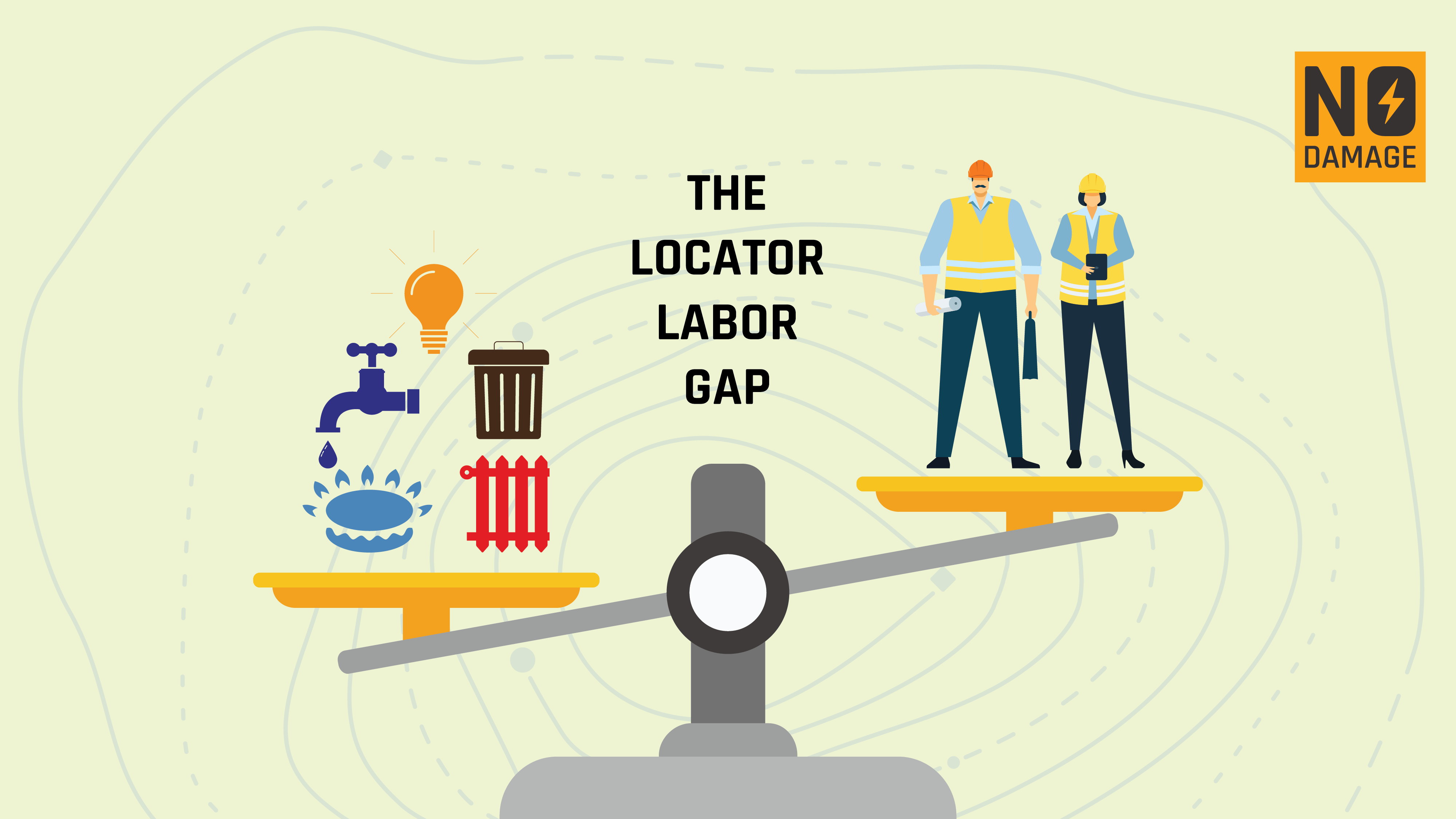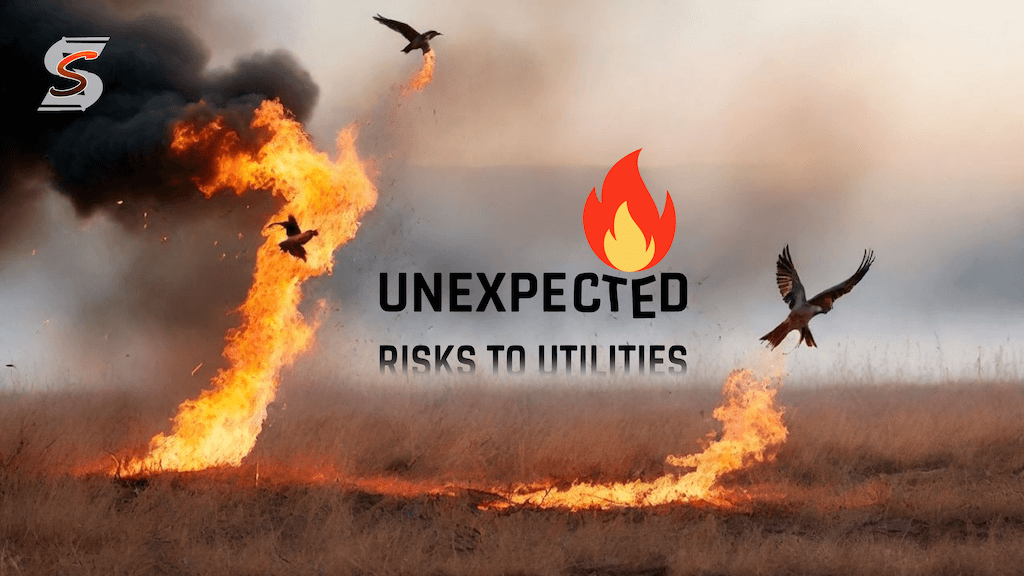
Utilities face a broad spectrum of risks that extend far beyond the traditional challenges of aging infrastructure, natural disasters, and human error. As the world grows more interconnected and data-driven, it’s becoming increasingly clear that unconventional and often unexpected threats must be addressed to ensure the continuity of critical services like power, water, and gas.
Unlikely Culprits: Birds as Fire Hazards?
It may sound like a scene from a science fiction film, but one unconventional risk for utilities comes in the form of birds. Recent reports suggest that electrocuted birds are igniting wildfires by bursting into flames upon contact with power lines. This article from Gizmodopoints out that these incidents occur when birds with large wingspans touch both live wires simultaneously, completing a circuit and causing their bodies to ignite. It’s a grim scenario and one that seems almost too bizarre to be true. Yet, as rare as it might sound, this phenomenon has been documented as a real danger, particularly in regions prone to wildfires.
However, it’s important to approach this claim with some skepticism. While the potential for birds to contribute to wildfires exists, they represent a minute portion of the larger wildfire problem. Other factors, like dry conditions and human activity, play far more prominent roles. That said, bird strikes on power infrastructure remain a noteworthy, albeit unconventional, risk for utilities that often goes overlooked.
Utilities in fire-prone areas like California, for example, may find it necessary to integrate avian behavior into their risk models, especially given the increased likelihood of wildfires in the region due to climate change. Whether or not electrocuted birds are a frequent cause, this serves as a good example of the kinds of threats utilities must consider when maintaining and protecting infrastructure. This video mentions the phenomenon is part of a wider wildfire issue: The Birds That Spread Wildfires.
Cybersecurity: The Invisible Threat
While physical risks like fire are immediate and visible, the rise of cyber threats is a growing and less tangible concern. Unconventional in nature, cyberattacks on utility infrastructure pose an immense risk. Hackers can infiltrate systems remotely and potentially disrupt entire grids, as seen in high-profile incidents like the 2015 Ukraine blackout, which affected over 230,000 people.
As utilities increasingly adopt smart technology and interconnected systems, the attack surface expands. The Internet of Things, which allows sensors and meters to communicate with utility companies in real time, also opens doors for cyber vulnerabilities. Unlike physical infrastructure risks, cyber threats can be much harder to detect until the damage is already done. The implications are immense: disruptions in gas pipelines, electricity blackouts, and even water supply interruptions.
Preventing such attacks requires constant vigilance and robust cybersecurity protocols, but the evolving nature of digital threats means that utilities must continuously adapt. I do not think that we should allow these threats to discourage us from sharing data etc but we should do it in a responsible manner. I believe the best method is using a REST API where we serve only the portion of data requested, and of course use security protocols to protect data, as well as redundancies and overrides.
Unexpected Environmental Shifts: Microclimates and Infrastructure Resilience
Another unconventional risk to utilities comes in the form of localized environmental shifts, such as the development of microclimates. A microclimate is a local atmospheric zone where the weather conditions differ from surrounding areas. These changes are not always easy to predict and can create unexpected challenges for utility infrastructure. For instance, a microclimate that consistently experiences higher humidity might corrode pipelines more quickly than anticipated.
Such subtle environmental variations could go unnoticed by traditional risk models, but they can have long-term consequences on utility systems. Drought conditions in one area, excessive rainfall in another - these changes in climate patterns can contribute to infrastructure fatigue, soil erosion, and power line failures.
Vegetation Management: More Than Just Pruning
Many utilities already face the conventional problem of managing vegetation near their infrastructure, but there’s more to this risk than meets the eye. A failure to properly monitor and maintain vegetation can lead to downed power lines, which in turn may spark fires. However, the nuances of vegetation management often go beyond trimming trees or clearing brush.
Utilities must now contend with invasive species, plant diseases, and even the unintended consequences of certain pesticides that can alter the natural environment around power and gas lines. Over time, invasive species might alter the landscape in ways that make utility assets more vulnerable to damage, whether from soil erosion, waterlogging, or increased fire risk.
The Power of AI in Uncovering Hidden Risks
All these unconventional threats highlight the importance of monitoring a vast array of seemingly small details. This is where artificial intelligence (AI) steps in to revolutionize risk modeling. AI can ingest and analyze thousands of individual data points - many of which may appear insignificant on their own—and combine them to provide a holistic risk assessment.
Take the example of electrocuted birds causing wildfires. While this may seem like an isolated problem, AI models can detect patterns by correlating bird migration data, seasonal climate shifts, and historical wildfire occurrences. Similarly, when it comes to cybersecurity, AI can monitor for anomalies within utility networks, flagging suspicious activity before it escalates into a full-scale attack.
In the case of environmental shifts, AI systems could analyze climate data down to the microclimate level, providing utilities with advanced warning about potential infrastructure vulnerabilities. And in vegetation management, AI-powered drones or satellite imagery could assess changes in vegetation health, flagging areas where risks from invasive species or unexpected plant growth might arise. The central issue with AI is that it only has the potential to be as good as the data that it is fed; if you give it garbage data you’re not going to get quality analysis but if you can gather good data you stand a better chance of it interpreting and modeling better risk scoring and analysis.
Building Smarter, Safer Utilities
The power of AI lies in its ability to take seemingly insignificant details and synthesize them into meaningful insights. Whether it’s monitoring the behavior of birds around power lines or detecting patterns in global cyberattack traffic, AI is an essential tool for utilities looking to stay ahead of both conventional and unconventional risks. That’s why it’s wise to have a repository like Utilocate which can serve as a central data hub, allowing utilities to gather, analyze, and build upon both current and historical data.
By integrating AI into their risk models, utilities can move beyond traditional risk assessments based on major events or past data alone. Instead, they can adopt a forward-looking approach that anticipates potential problems based on a wide array of smaller, interconnected details. In doing so, they can better protect critical infrastructure and ensure the safe and reliable delivery of essential services.
Share this Post


